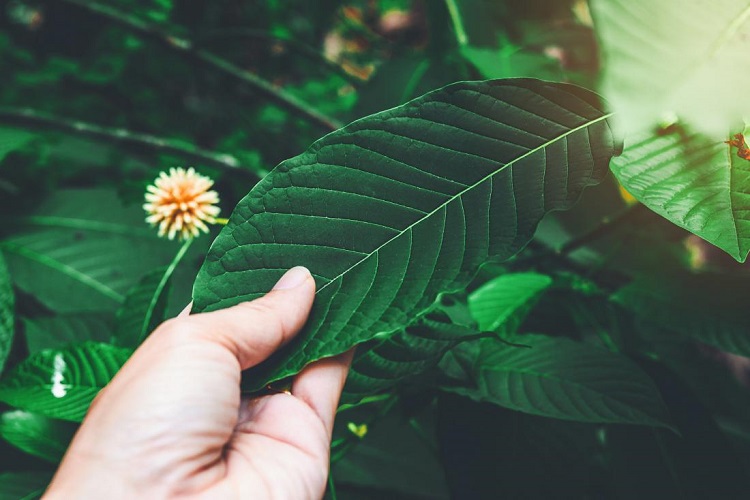The widespread use and publicity of SacredKratom have long been limited because of regulatory bodies around the world. One of the United States’ primary agencies responsible for standing against Kratom is the FDA (Food and Drug Administration). Kratom advocates worldwide have known it as a primary antagonist to the industry, with efforts once made to classify the substance as a Schedule I controlled substance. While these efforts may not have succeeded, many are trying to restrict Kratom use, often fear-mongering and spreading false rumors.

How Kratom Is Used
Kratom is not a drug like other pharmaceuticals you see in the store or prescription medication. It is entirely natural, sourced from the dense jungles of Southeast Asia. The tree, mitragyna speciosa, is a member of the same family of plants as the coffee plant, Rubiaceae. As the plant is native to the land in many Southeast Asian countries, the indigenous populations in these areas have long looked to Kratom as a medicinal herb in their healing practices. As this part of the world is host to active volcanoes and high amounts of biodiversity, the plant has continued to thrive while growing in popularity among westerners.
The products you see available at the store, powders, capsules, and extracts, are the most common Kratom forms. These are each made from the leaves that grow on the mitragyna speciosa tree, handpicked by farmers who run family-crop operations. Not only do these farmers have the experience necessary to know when to pick the leaves, but they have learned from past generations. As the active compounds found in the mitragyna speciosa leaves changes over time, the harvesting time is a crucial element of the production cycle.
As the leaves mature, the concentrations of the active compounds will change. In the first stages of growth, the leaves appear with white veins; these leaves tend to have higher mitragynine concentrations and less 7-hydroxymitragynine. The next stage is the green-veined leaves, which have a balance between the two alkaloids. The most mature, red-veined leaves have a higher concentration of 7-hydroxymitragynine. As a farmer peruses their crops, they will choose only those necessary for further processing based on demand. The remainder of the plant is left to continue growing.
As the concentrations of active compounds are shifting, the FDA has gone so far as to label the product inconsistent. Rather than using resources to perform scientific studies to find out more about the alkaloid levels, they use the term “ineffective” as a blanket statement. Thus they immediately label it as a product that poses health risks. As Kratom does not fit into the neat standardization compartments like other pharmaceutical drugs and everyday foods, they are reluctant to see it as a potentially therapeutic substance.
Their efforts have restricted Kratom suppliers from speaking clearly about the potential effects. As the FDA has limited the spread of information, the information circulating is often inaccurate and only adds to the rumors that it is risky. These limits must be lifted to flow accurate information, and official research can be done on the substance.
Is Kratom Safe?
While the FDA may want the general public to see Kratom as unsafe, many are still researching to show Kratom in a positive light. As the FDA is seen as a governing agency that many Americans trust, its hard stance against Kratom has people wondering if it is really safe. Like any substance when abused or used in high amounts, Kratom poses the same health risk as any other natural substance. But it can not be forgotten that many indigenous communities in Southeast Asia have been using the product for years and made claims of its efficacy in relieving pain, increasing focus, and reducing stress.
When consumers are looking to know about the safety of Kratom, they need to do their own research rather than listen solely to the accounts of the FDA. Several advocacy groups, like the American Kratom Association, can provide numerous resources that can be helpful.
The FDA’s “Problem-Data”
The FDA relies on computer modeling to deconstruct the Kratom plant’s chemical components to determine how it will interact with receptors in the brain. While computer modeling can be effective, it must be used in tandem with scientific research, which involves experimentation with control groups. Rather than taking the extra step, the FDA relies solely on computer modeling for their data.
Not only this, but a former commissioner of the FDA, Scott Gottlieb, is rumored to have heavy ties with big pharmaceutical companies with a large portion of his finances connected to them. Even with a new commissioner, the FDA still has ties to these pharmaceutical companies, and thus natural products that could be seen as competition are often neglected or banned. By keeping Kratom out of the public eye, the pharmaceutical giants don’t need to worry about profit loss due to a natural competitor taking the stage.
Help The Cause
If you want to help the Kratom industry, you can work with groups like the American Kratom Association who have created the Kratom Consumer Protection Act. Through this act, legislation can be made that can help Kratom become a more widely available substance. With more people working for Kratom, the more likely research will conclude that it is a safe substance.
